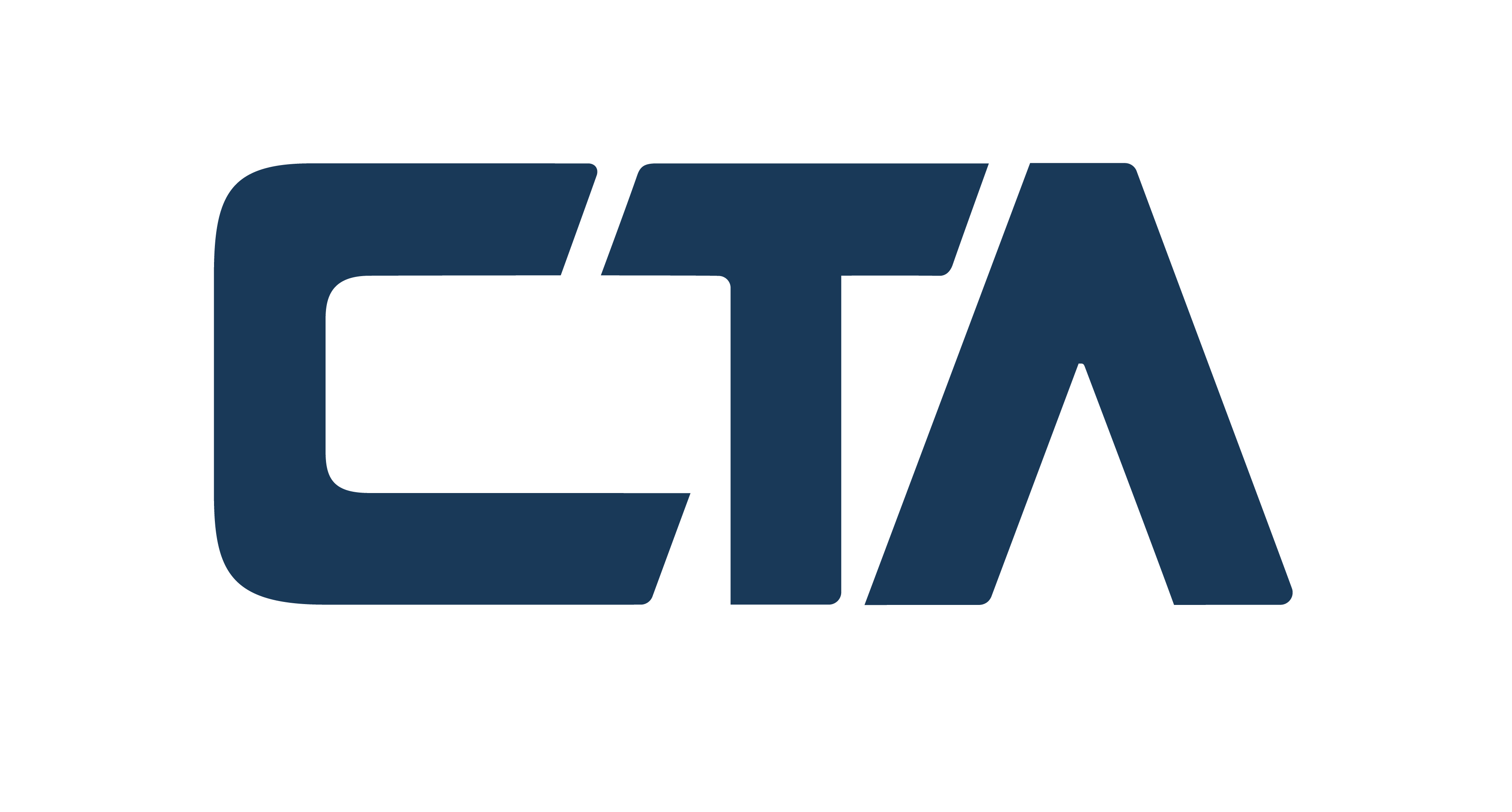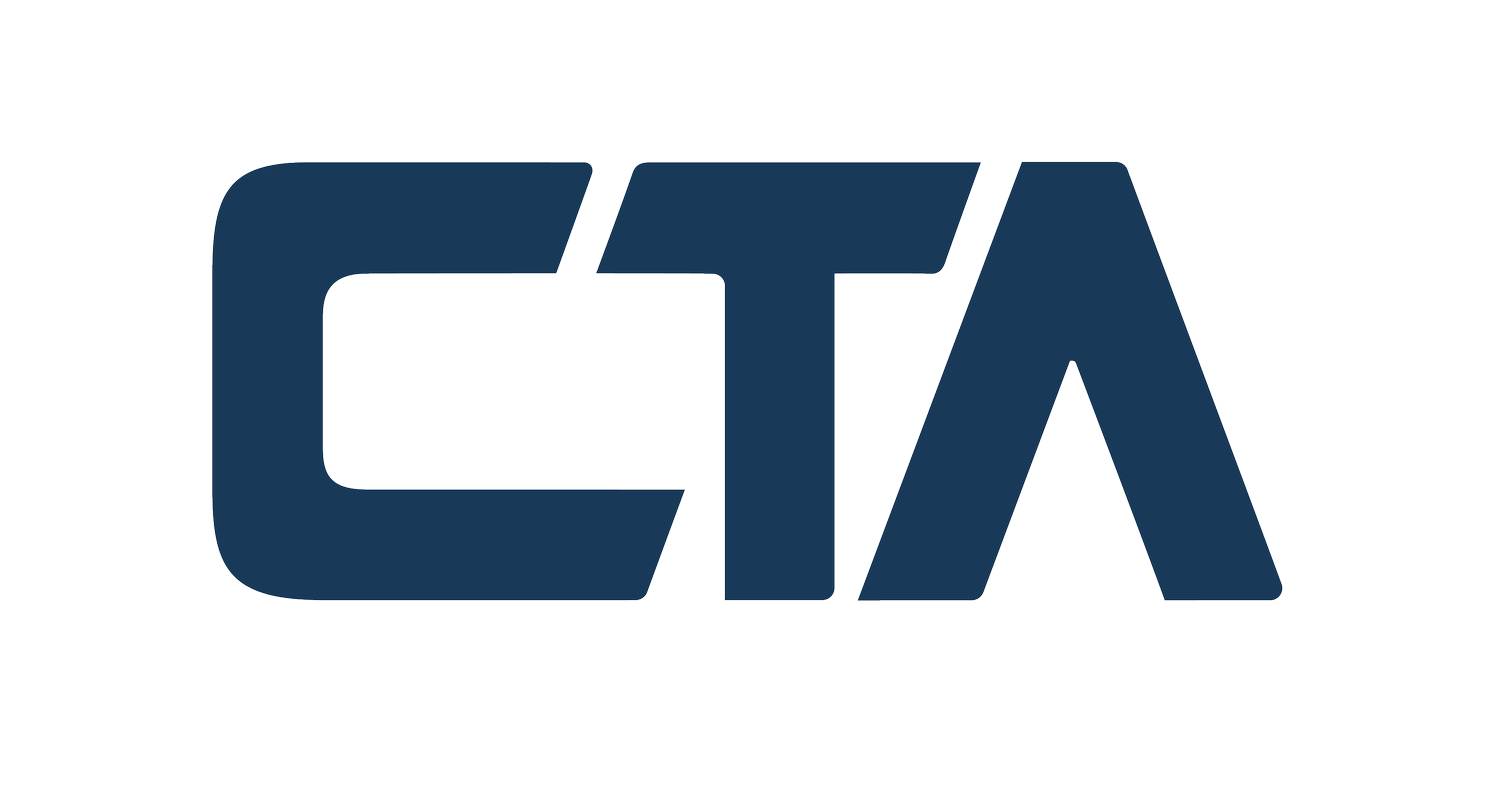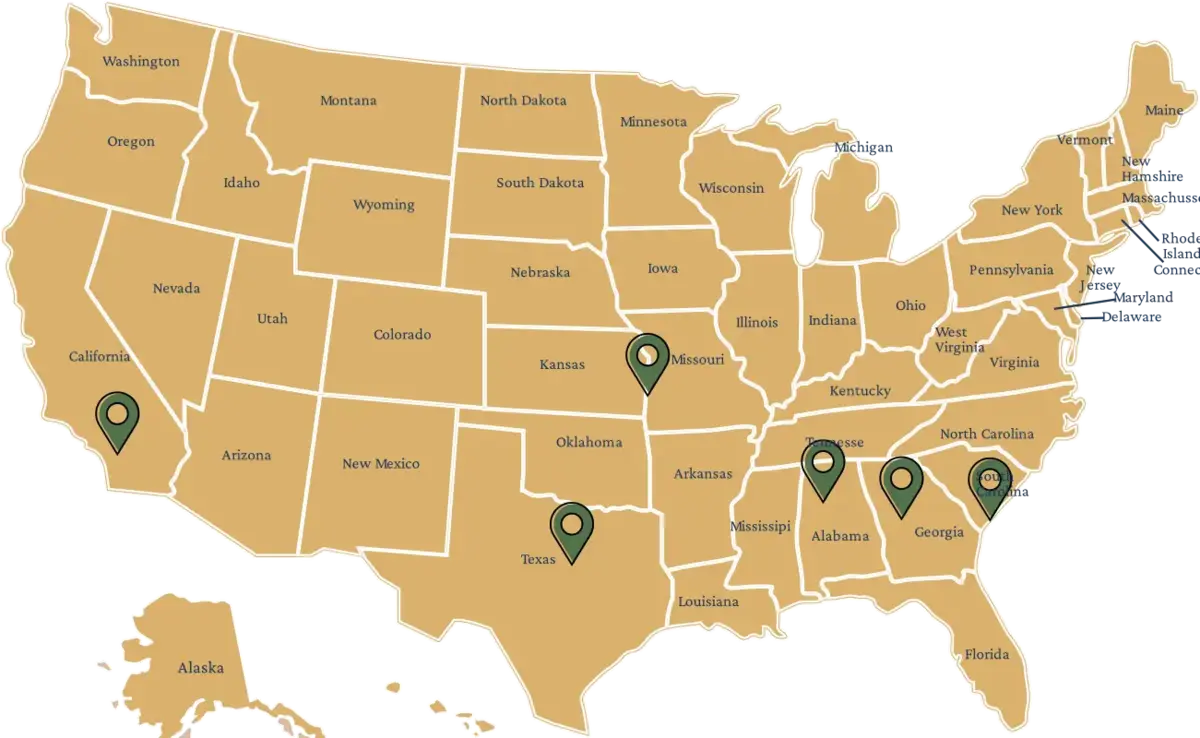In the ever-evolving landscape of tax regulations, a significant shift has occurred that is set to redefine how businesses handle their Research and Development (R&D) expenses. The Internal Revenue Service (IRS) is now conducting Research and Experimental (R&E) studies, a move that marks a departure from the traditional approach to R&D tax credits. This change, rooted in the 2017 Tax Cuts and Jobs Act (TCJA), brings with it a series of misconceptions about the benefits of R&D amortization. Let’s delve into this new reality and debunk five common false beliefs.
The IRS Shift to R&E Studies
In 2022, the IRS began focusing on IRC Code Section 174 R&E expenditures. Unlike the IRC Code Section 41 R&D credit studies, these new investigations are not aimed at identifying tax credits for taxpayers. Instead, they scrutinize the expenses related to research and experimentation more closely. This shift stems from the TCJA, which altered the treatment of IRC Section 174 R&E costs. Previously, companies could expense these costs entirely in the first year. Now, they must amortize them over five years (or 15 years for foreign expenses), significantly changing the financial landscape for businesses engaged in R&D activities.
Debunking Five Myths of R&D Amortization
1. “The IRS Won’t Notice My R&E Expenses”
Contrary to this belief, the IRS is now more likely to identify R&E activities. With the broader definition of R&E expenses under Section 174, even companies that have never claimed R&D credits in the past may find themselves under scrutiny.
2. “My Exposure is Minimal”
Many businesses mistakenly believe that their exposure is limited due to small R&D credit expenditures. However, the scope of IRC Section 174 is much wider, encompassing a broader range of expenses, potentially leading to greater tax liabilities than anticipated.
3. “The IRS Lacks the Sophistication”
Underestimating the IRS’s capability to identify R&E expenses is a risky assumption. The agency has sophisticated methods and may assume a large portion of expenses as R&E, placing the onus on the taxpayer to prove otherwise.
4. “Taking the R&D Credit is Too Risky in 2022”
Fear of risk should not deter businesses from claiming legitimate R&D credits. While the amortization rules have changed, separating IRC Section 41 R&D expenditures from IRC Section 174 R&E expenses is crucial. Compliance is key, regardless of whether a business claims the R&D credit.
5. “The R&D Credit Won’t Benefit Me”
This is a misconception. Tax credits, including the R&D credit, can offset tax liabilities. Dismissing these credits can lead to missed opportunities for tax savings.
Navigating the New Landscape
With these changes, businesses must adapt their strategies. This includes preparing for potential audits, identifying and quantifying IRC Section 174 R&E expenditures, and adjusting estimated tax payments accordingly. Additionally, considering an IRC Section 41 R&D credit study could help offset the increased tax burden due to the new amortization rules.
The Bigger Picture
The introduction of R&E amortization rules has broader implications. The U.S., previously ranked 24th out of 34 OECD countries in terms of R&D credit generosity, is now likely to fall to 32nd. This could negatively impact U.S. productivity and job creation, increasing dependence on foreign countries. It’s a critical time for businesses and policymakers to reassess the impact of these changes on the country’s competitive edge in innovation.
Conclusion
The IRS’s shift to scrutinizing R&E expenses underlines the need for businesses to stay informed and proactive in their tax planning. Understanding and navigating these changes is crucial for maintaining financial health and leveraging available tax benefits. As the landscape evolves, staying ahead of misconceptions and adapting to new regulations will be key to thriving in this new era of R&D taxation.
If you’d like to know more about this article, or are looking for a corporate tax advisor, do not hesitate to reach out to us!









